As a way of tackling global climate change, the 'CO2 Capture, Transport, and Burial' method has attracted attention as an intermediate step to achieving carbon neutrality. This has led to increased demand for technology for LCO2 carriers which can safely transport carbon dioxide captured in the supply chain.
Transporting CO2 in a liquid state requires a pressure C-Type cargo tank capable of withstanding a high vapor pressure of over 5 atmospheres or greater. However, this type of cargo tank is usually used for smaller carriers and there are technical difficulties in enlarging the size of the tank to meet the market need to transfer a larger amount of CO2 to storage facilities.
In addition, the tanks and supporting structures of LCO2 carriers must be designed with the greatest care because of the high specific gravity of liquefied CO2.
To address these technical challenges in designing LCO2 carriers, Korean Register (KR) and Hyundai Heavy Industries (HHI) conducted a joint development project (JDP) to develop 40K CBM LCO2 carriers fueled with LNG.

Under the JDP, HHI carried out the basic and structural design of the 40K CBM LCO2 carrier, while KR verified the safety and conformity of the design reviewing the class rules and international conventions. The resulting concept design has now been awarded Approval in Principle (AIP) by KR.
One of the main aims of the project was to explore the economic feasibility of large pressure-type CO2 storage tanks. To increase the size of the CO2 storage tanks, special materials with low-temperature and high-tensile need to be used instead of ordinary steel, which makes it challenging to control the thickness and weight of the tanks.
The opinions expressed herein are the author's and not necessarily those of The Xinde Marine News.
Please Contact Us at:
media@xindemarine.com


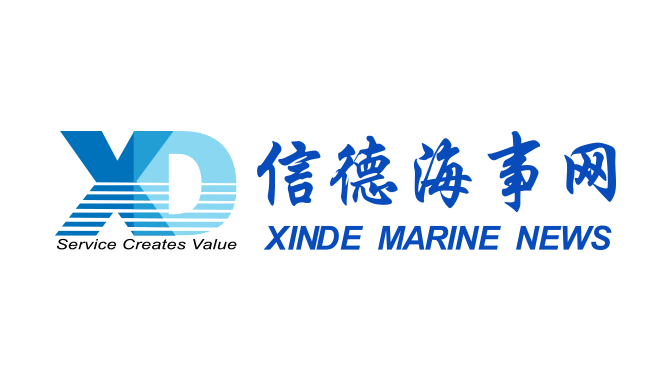 WOODSIDE AND CHINA RESOURCES AGREE LONG-TERM LNG SU
WOODSIDE AND CHINA RESOURCES AGREE LONG-TERM LNG SU 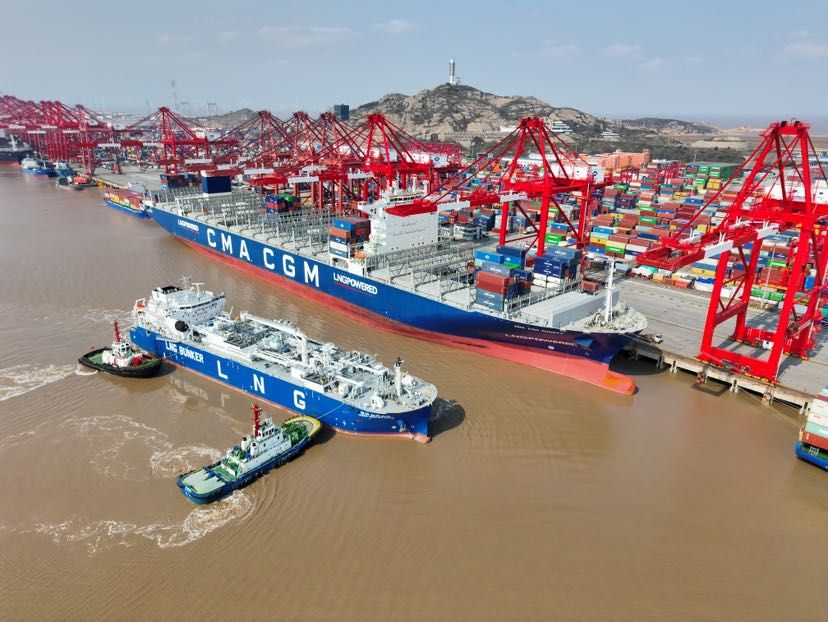 Shanghai Yangshan Port Bunkered Two LNG Powered Con
Shanghai Yangshan Port Bunkered Two LNG Powered Con 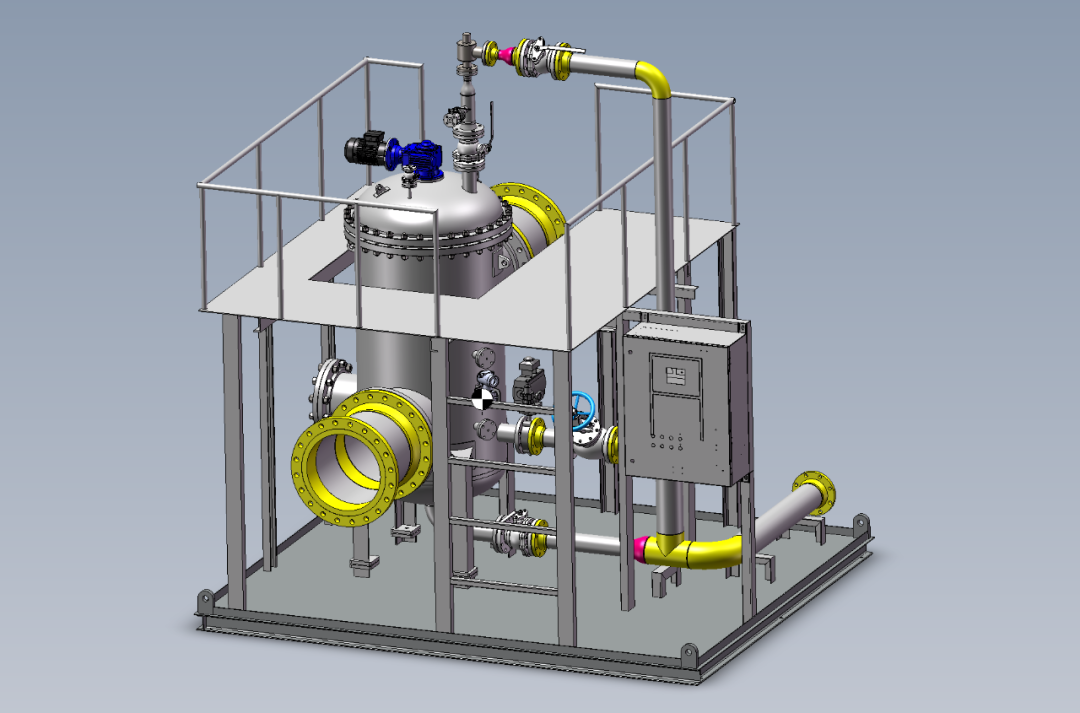 Headway successfully delivers filtration skid solut
Headway successfully delivers filtration skid solut  Celebrating the Launch of “Green Energy Pearl” –
Celebrating the Launch of “Green Energy Pearl” – 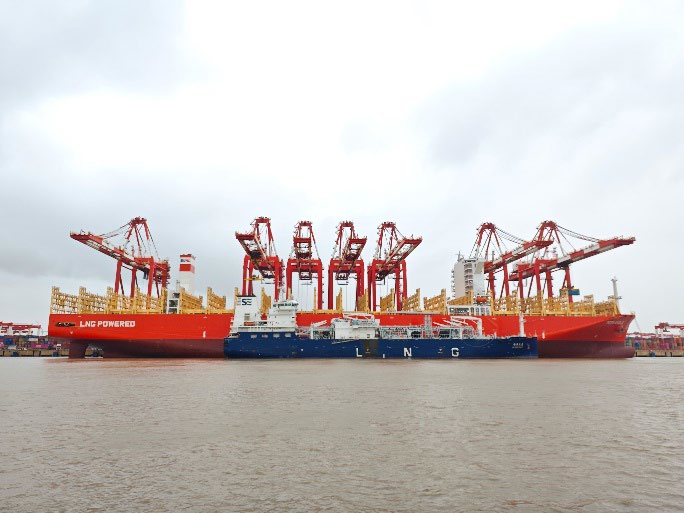 PIL and SSES complete the inaugural LNG bunkering o
PIL and SSES complete the inaugural LNG bunkering o 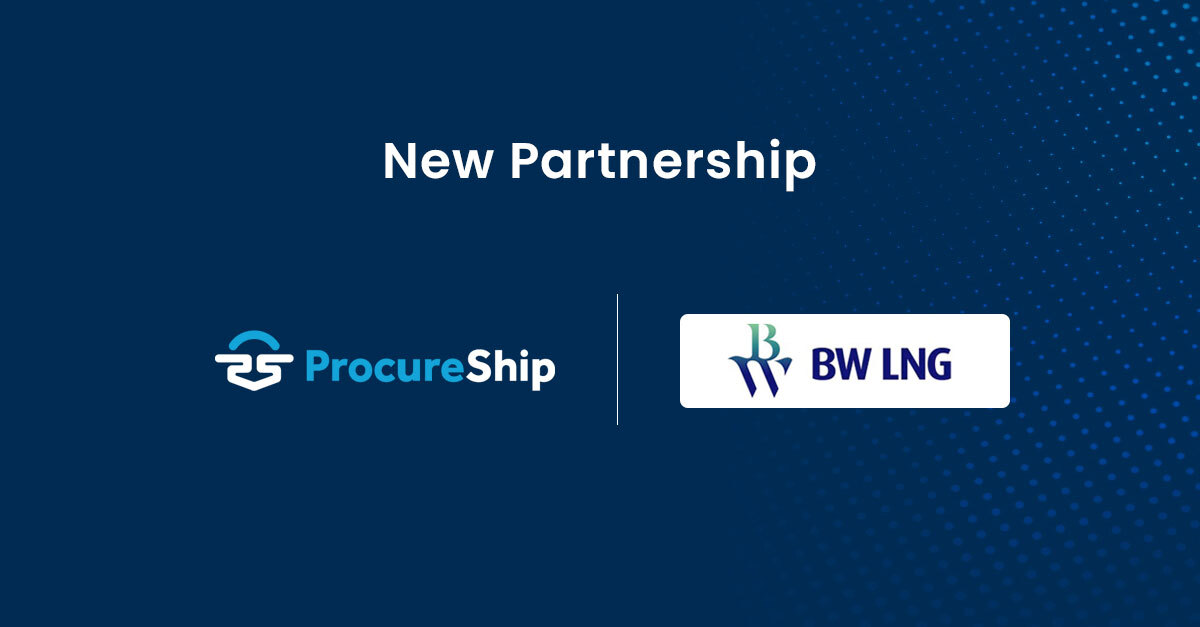 BW LNG secures e-procurement deal with Procureship
BW LNG secures e-procurement deal with Procureship